What is Adopt Don’t Shop?
The adopt don’t shop campaign is a movement to promote the adoption of homeless animals from shelters instead of buying animals from breeders or pet stores.
The campaign is well-meaning. It discourages the purchase of animals from commercial breeders, which often contributes to animal homelessness and neglect. It also highlights the plight of animals in shelters, who are often euthanized if they are not adopted.
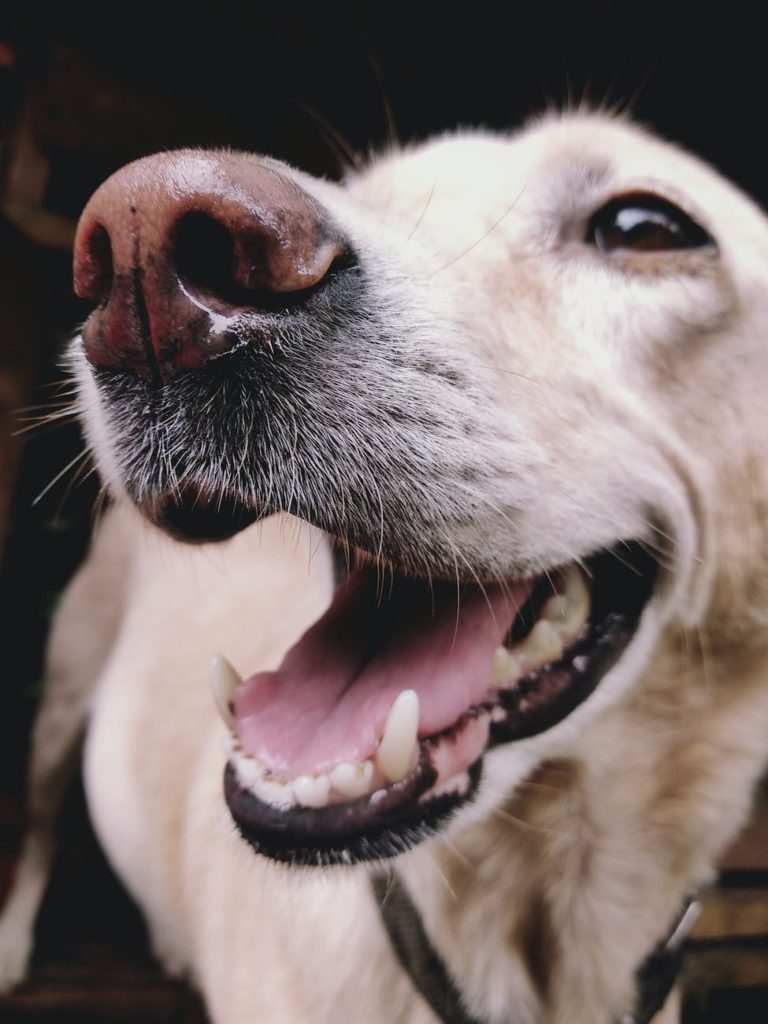
Why is Adopt Don’t Shop Bad for Dogs?
I may receive a fair bit of heat for this post today, but there are things that need to be said.
It’s important for me to preface this with the fact that I have rescue dogs and dogs from reputable breeders. I’ve volunteered for rescue and helped with expenses, transport, and adoption applications.
I’ve adopted dogs that others don’t want. I believe in adoption.
I actively promote exceptional Great Dane breeders, too, though.
In my opinion, the phrase ‘adopt don’t shop’ does more harm than good.
Buying a dog from a responsible breeder is not a bad thing. Adopting a dog from a responsible rescue is not a bad thing, either. Of course, rescue and shelter dogs can make incredible family pets!
The problem actually lies in the fact that there are irresponsible rescues and irresponsible breeders everywhere.
Adopt-don’t-shop campaigns casually omit this fact. They promote to prospective dog owners the idea that all forms of rescue are always good, and that buying pets from breeders for any reason is always bad.
Read on, friends.

Adopt Don’t Shop Supports Backyard Breeding
By shaming people for choosing breeders of any kind, the phrase ‘adopt don’t shop’ pushes prospective pet owners to seek alternatives to pet stores and breeders.
Many of the alternative ‘rescue’ paths towards obtaining dogs (purebred dogs or doodles in particular), are often unethical and actually contribute to the problem of over-run rescues.
Retail rescue, meat trade rescue, bait dog rescue, ‘puppy rescues’, and saving puppies from the pet store or a dirty backyard breeder are just some of the most common ways that people buy new pets.
All of these avenues allow people to claim that they rescued or adopted the dog, and thus, satisfy the cries of the people screaming “adopt don’t shop!”.
However, all of these avenues also contribute to the problem. The shelters have more dogs than they can handle, and this is why.
I’ll put this bluntly.
Adopt don’t shop supports, encourages, and perpetuates puppy mills and unethical backyard breeding.
After all, were it not for those two things, the shelters would actually be nearly empty.
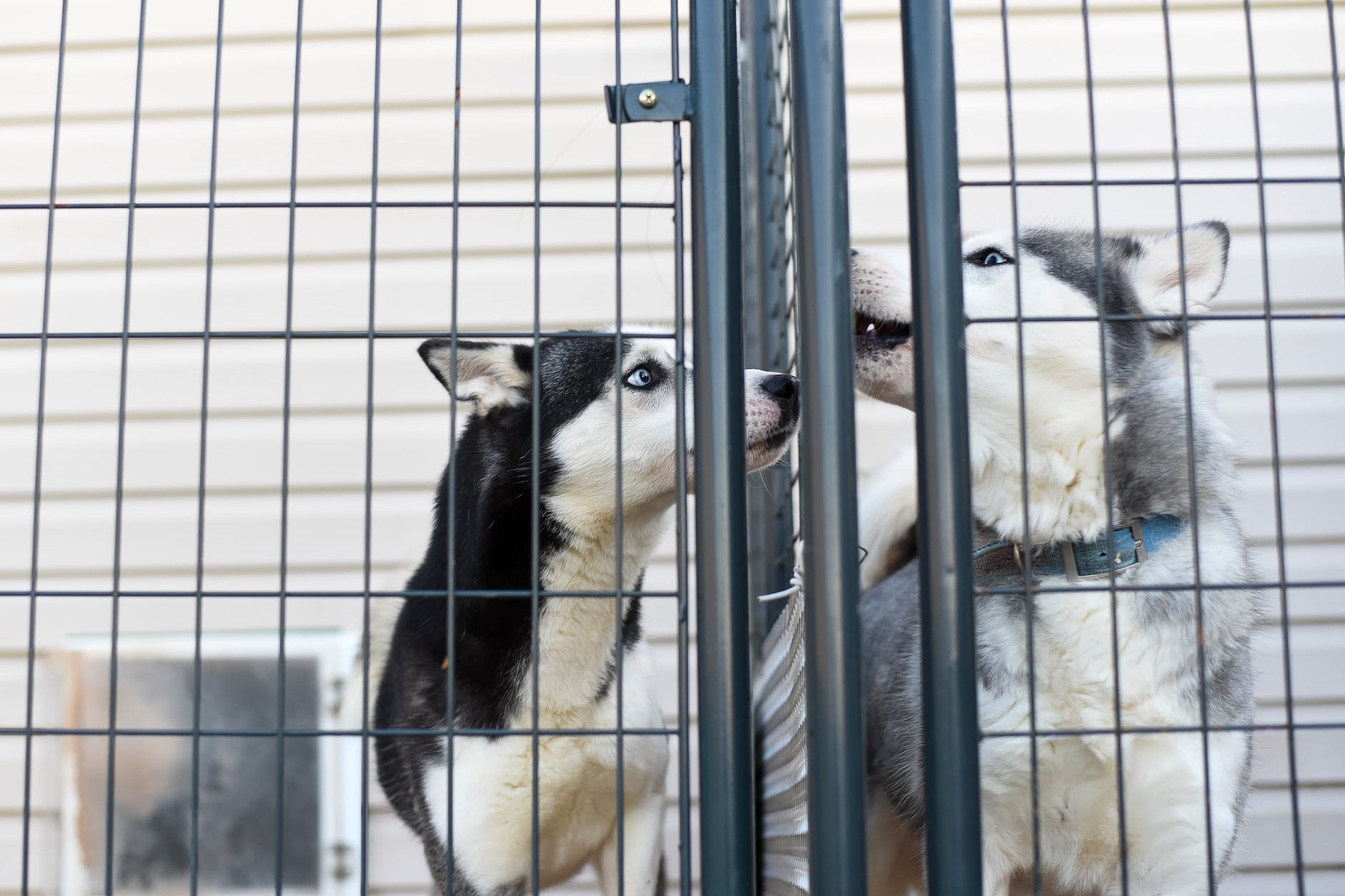
Shady Dog Rescue Practices
There’s an overwhelming number of pets in shelters across the United States. In fact, according to the ASPCA, approximately 3.3 million dogs enter U.S. shelters every year.
Some statistics show that currently, pet overpopulation isn’t the big problem that it’s been presented as; this is good news! For every adoptable dog in a shelter, there may actually be a home.
“The data shows that every year there are six times more people looking to acquire an animal than there are animals being killed in shelters.”
No Kill Advocacy Center
Many of the dogs that end up in shelters are owner surrenders (oftentimes these are animals with serious health problems or training issues), some are strays that were picked up by animal control, a select few come from hoarding and animal cruelty cases, some are loved pets that have nowhere else to go because of hardship or death, and the rest come from unwanted dogs left behind by unethical breeders and accidental litters.
There are three factors associated with this that nobody likes to talk about.
- All pets in rescue come from backyard breeders, puppy mills, and accidental litters. All of them. Reputable breeders who support puppy buyers for life are not contributing to the problem.
- Not all dogs are adoptable. Many of them are poorly socialized and may even be fearful and aggressive. Some have expensive and severe medical problems that make them hard to place, too. These dogs with ‘sad stories’ tend to generate revenue and clicks for many rescues, but they also eat up a lot of resources.
- Many rescues have stringent adoption requirements. A lot of great pet owners are denied because they have kids, don’t have a fenced yard, or have an intact pet at home (say, a hamster). Those people are still shamed for choosing a breeder.
The people who are shamed by the adopt don’t shop campaign are more likely to make poor snap judgments and choose unethical breeders or shady rescue organizations when ethical rescues turn them down.
Out of frustration trying to find a family-friendly, healthy dog that can live with them in their unfenced yard, they turn to craigslist or a mass adoption event and purchase the first puppy they can find.
Adopt don’t shop literally pushes people to purchase pets from the worst sources, for the wrong reasons.

What is Retail Rescue?
Retail rescue is a major problem in the U.S.!
These organizations parade around as 501c3 rescue groups. They have you fill out adoption paperwork and sign contracts. Their adoption requirements are often more forgiving than breed-specific rescues and shelters.
Many times, what they have to offer are entire litters of desirable puppies or hoards of dogs that came in on a transport van from what they claim to have been fighting rings, hoarding cases, or the ‘meat trade’.
English Bulldogs, Pit Bulls, Labradoodles, Miniature Poodles, Bernadoodles, French Bulldogs, and Golden Retrievers are just some of what is commonly seen in retail rescue.
While there are legitimate cases of dogs having been abused and neglected in fighting rings or hoarding cases, the solid majority of “rescued” purebreds and doodles available in some rescues are coming from, you guessed it, puppy mills!
Retail rescue organizations will attend puppy mill auctions and purchase (yes, purchase) dogs and puppies. Because they come from mills, they are often in poor shape. They will arrange transport and move the dogs that they bought across State lines in vans that are packed to the gills.
The sob story pets in poor health paired with desirable dog status is a winner. Retail rescues can (and often do) charge a premium for these pets.
By attending auctions and paying for puppies, retail rescues are literally paying commercial breeders to stay in business.
Of course, these dogs deserve loving homes. But if we want to save them all (instead of just a handful), this practice of paying puppy mills has to stop, especially if ‘adopt don’t shop’ people actually want to save dogs.
https://www.animallaw.info/article/overview-dog-auctions-and-retail-rescue
Hot take: ‘adopt don’t shop’ and similar activist and welfare campaigns inadvertently encourage the retail rescue practice. Rescues are able to operate this way because unsuspecting and uneducated pet owners easily fall for the marketing. People want to feel that they are doing the right thing.
But if rescues advocates actually want to put a stop to this, they need to be educating people on what ethical rescue and (yes) ethical breeding actually looks like. Not screaming ‘adopt don’t shop’.
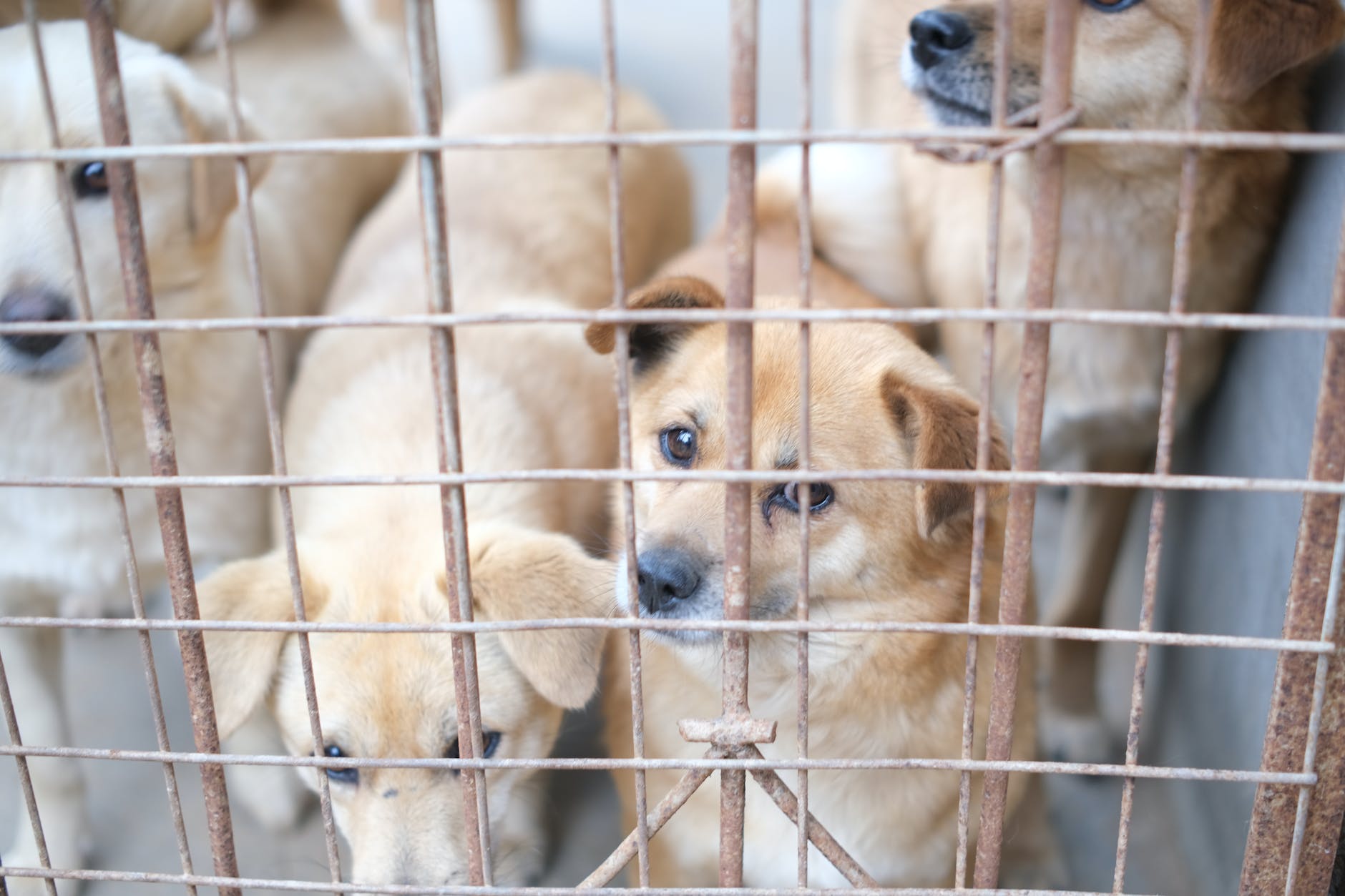
Puppy Brokers
Puppy brokers help distribute dogs that come from mass-breeding facilities. The conditions in these puppy mills are often horrific, with animals being kept in tiny cages and deprived of socialization, exercise, and proper vet care.
Some puppy brokers even go so far as to bring animals from foreign countries. By importing them, they can be marketed as special in some way, misleading puppy buyers into believing they are getting something of higher value.
If our shelters and rescues are supposedly so full, why are brokers and retail rescues importing dogs?
Puppy brokers sell directly to buyers, to pet stores, and to rescues. When selling to consumers, they will use marketing tactics to make the buyer feel that are dealing with a responsible breeder.
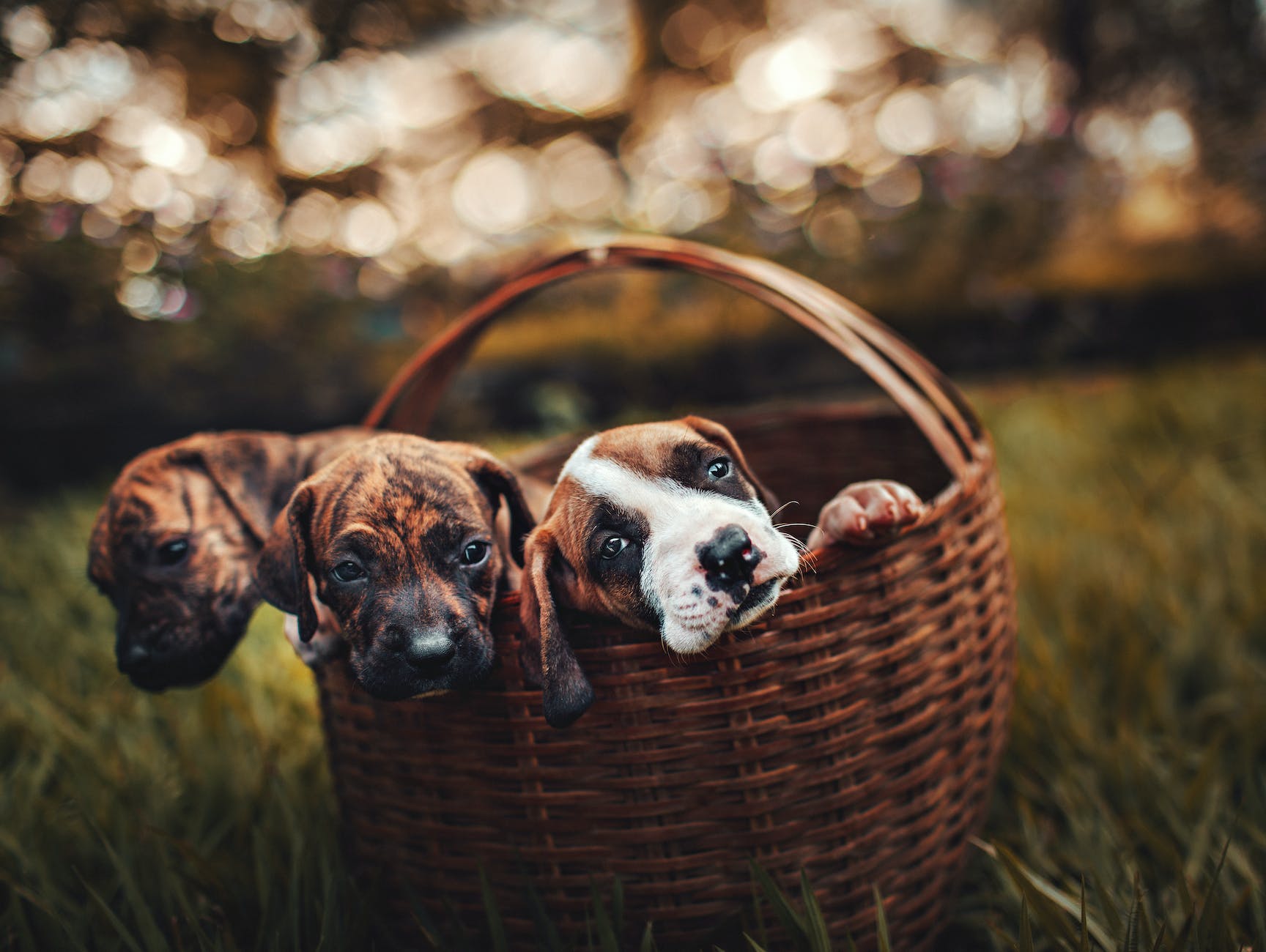
Meat Trade Dogs
I’m going to come right out and say it.
The solid majority of dogs imported from the “meat trade” were never actually destined to be eaten.
It’s a story that sells. Puppy mills in the U.S. and overseas have learned that they can get a much higher price for their animals if they say they were saved from being slaughtered and eaten.
The “adopt don’t shop” mantra feeds (excuse my pun) right into this.
A solid majority of “meat-trade” dogs are puppy mill dogs (which brings us back to the retail rescue problem, see above). They were literally bred to be sold to people who will pay big bucks for a sob story.
Think about this the next time you see a plane-load of highly desired “meat” breeds being brought into the U.S. to be ‘adopted’.
While it’s true that some cultures do consume dog meat, it is not as prevalent as many people believe. The practice of eating dog meat has actually been declining in Asia.
Most dogs that are raised for the purpose of consumption are a type of street mutt. They are definitely not Doodles, nor are they purebred Golden Retrievers, Pomeranians, French Bulldogs, or Greyhounds.
The idea that Asians “eat and abuse dogs” is a racist stereotype. It’s time to put this one to rest, once and for all.
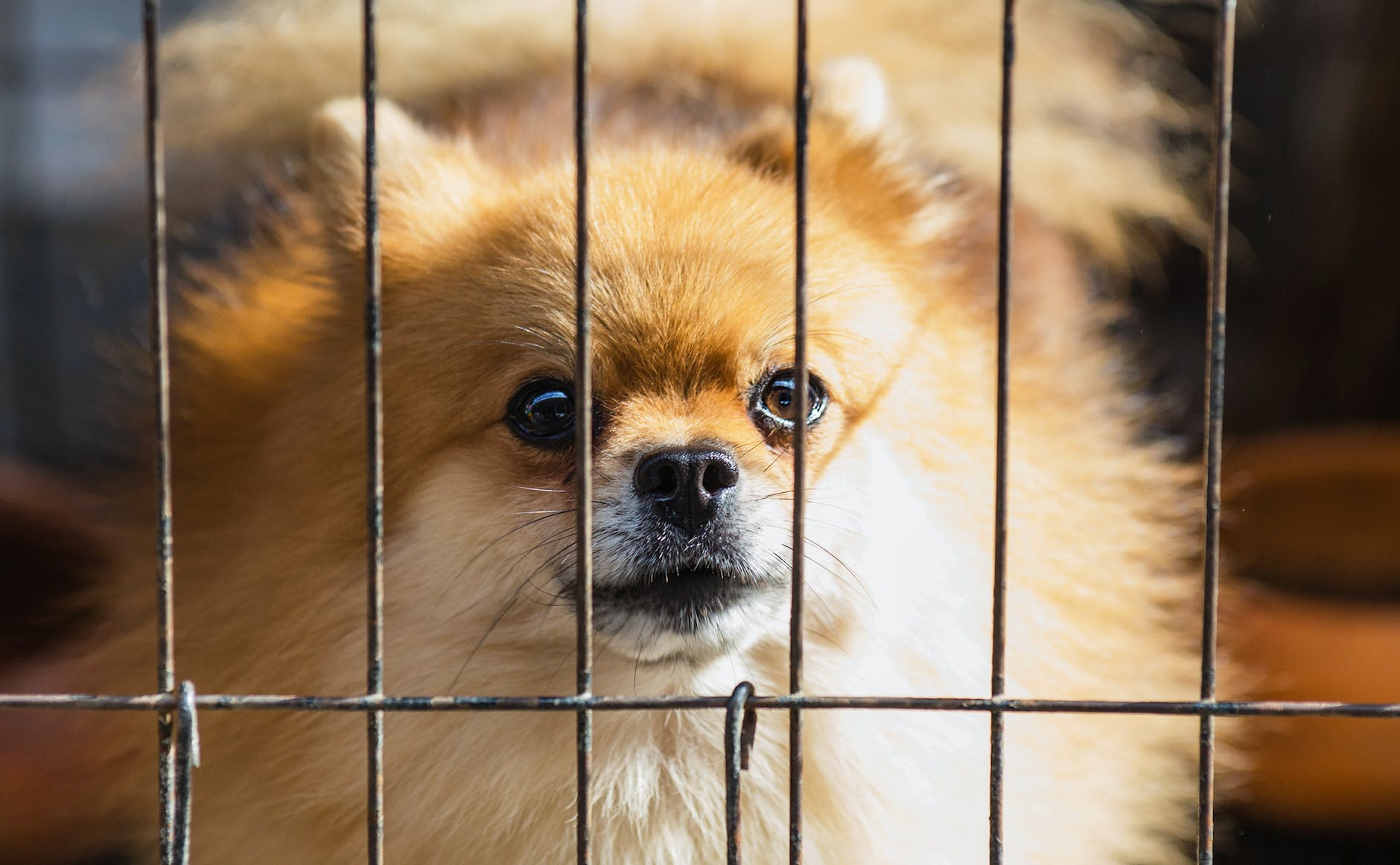
Bait Dogs
The term ‘bait dog’ is often used by animal activists to try and generate empathy and outrage.
The vast majority of ‘bait dogs’ in shelters are actually just fearful or aggressive pets that come from questionable genetics and were poorly socialized by their previous owner(s).
Blaming all of a dog’s fearfulness or aggression on them having been part of a “fighting ring” is lazy and does nothing to help the dog or the breeds that are commonly labeled this way.
Shelters and rescues should be evaluating a dog’s behavior and working on a rehabilitation plan and dog trainers that will make them more adoptable, not coming up with stories about their past that are likely not true.
Please, stop using the term ‘bait dog’.
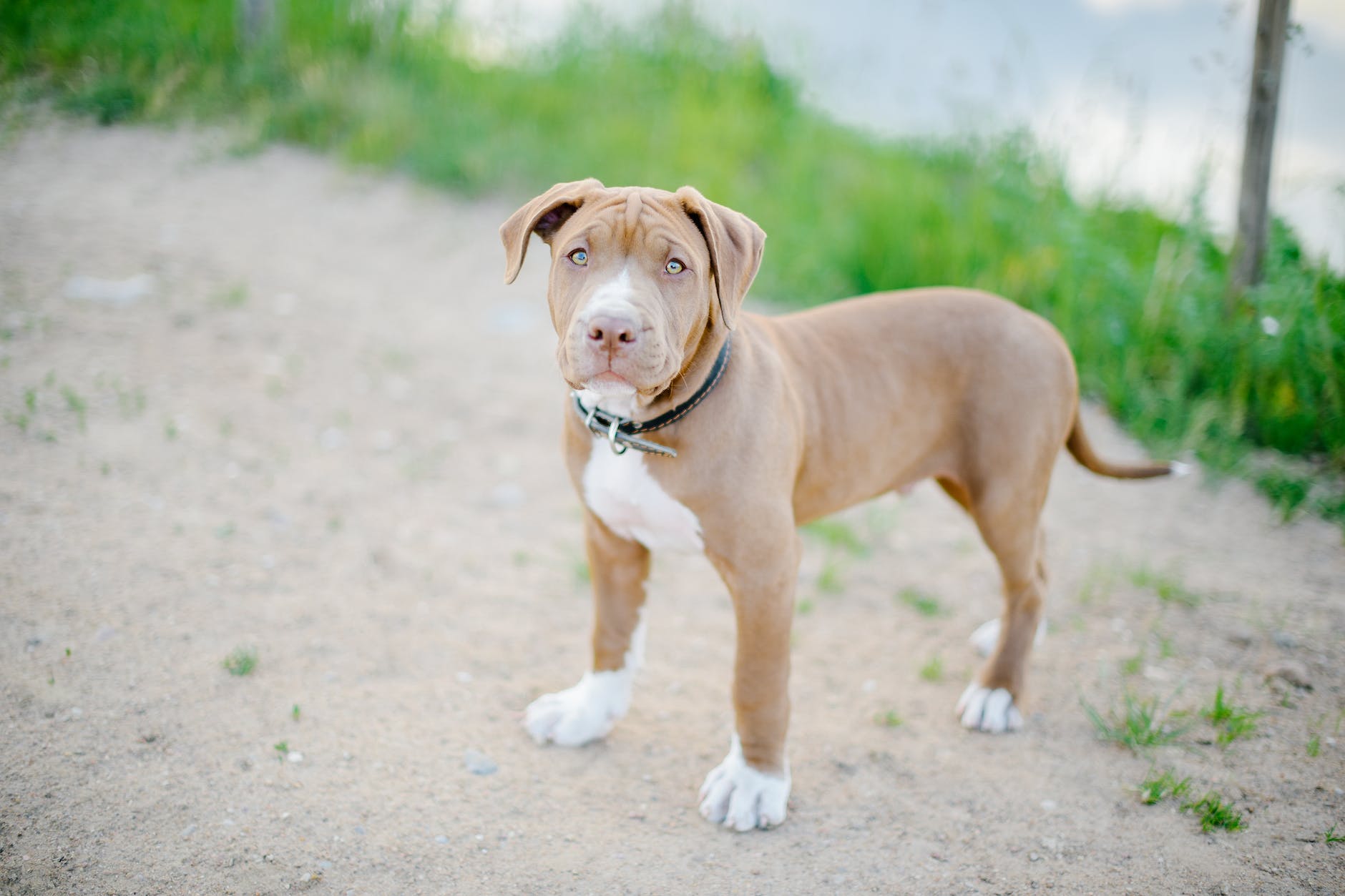
Puppy Mills & Pet Stores
Puppy mills breed pets primarily for pet stores. They are large-scale commercial dog breeding facilities where dogs are kept in cramped, unsanitary conditions and bred for profit, with little to no regard for their health, genetics, or welfare.
Well-meaning dog owners will visit pet shops and feel bad for the puppies, especially if they appear cute, sick, sad, or lonely. They will purchase them (often at a premium) to save them from the ‘bad breeder’ or ‘bad pet store’ without realizing that they are supporting the very profitable puppy mill and backyard breeding industry.
This practice keeps puppy mills in business and pet overpopulation soaring!
Pet store owners and backyard breeders know this and are able to manipulate emotions to generate sales. They want you to feel bad for the puppy and to buy it (often at outrageous prices).
Many owners bring their new pet shop puppy home, only to be faced with Parvo, Kennel Cough, and painful genetic disorders that require expensive veterinary care.
So what happens to those sweet pet store puppies that don’t sell? They are often returned to the puppy mill, sold to Class B dealers (random source breeders/dealers, including retail rescues), or surrendered to veterinarians or (hopefully ethical) dog rescues.
Puppy mills and commercial breeding facilities are cruel and inhumane operations that should be shut down.
Do not buy a dog from a pet shop! Report poorly kept, sickly companion animals to your local animal control.
Pet store puppies, are you saving them?
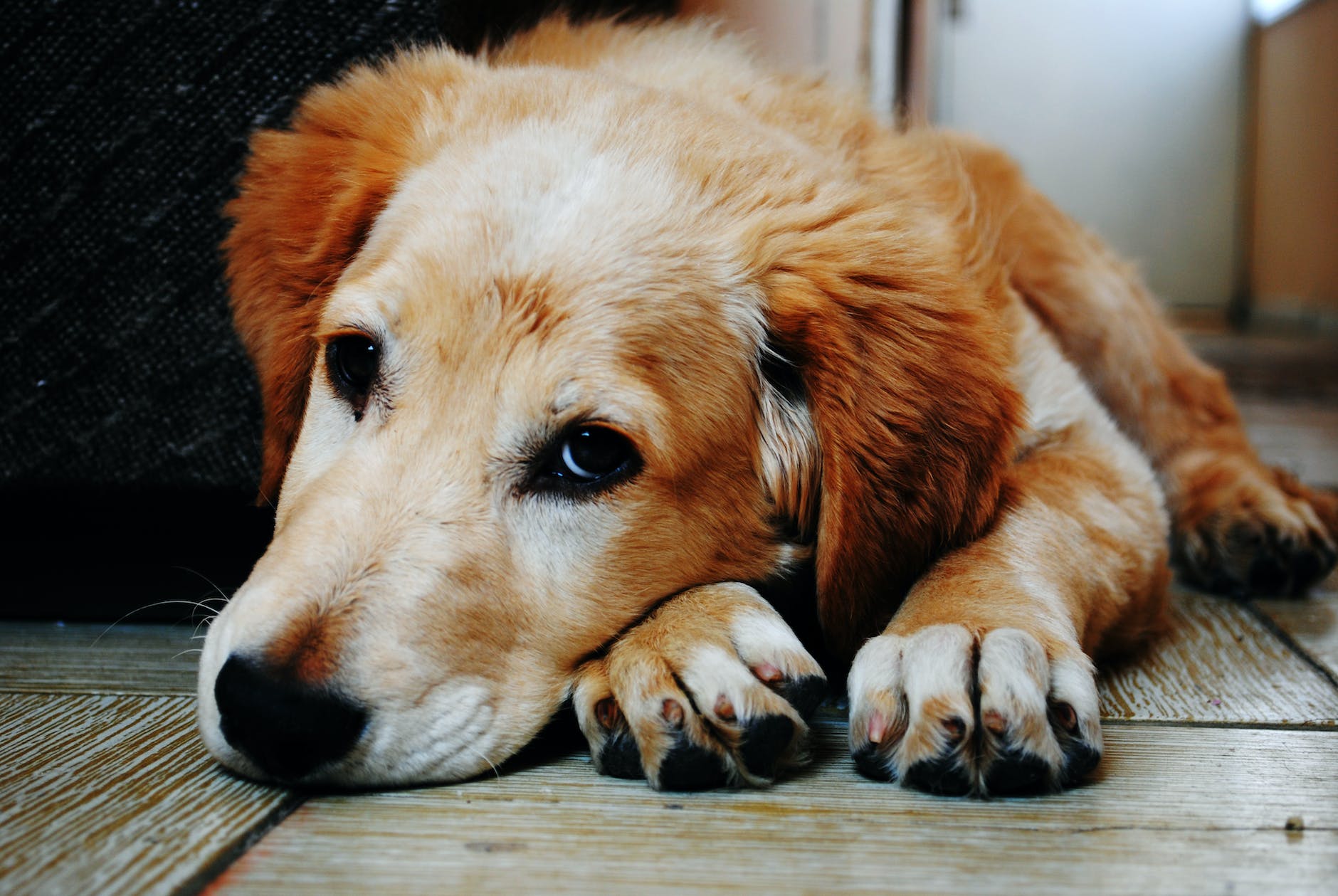
5 Reasons to Adopt a Great Dane
I’m a huge believer in adoption from ethical and reputable rescues! As I mentioned before, two of my three pets are from rescues.
My adopted Great Dane is an incredible family dog. She’s gentle with kids, easy on my home, great off-leash, and calm with guests. We could not ask for a better dog. Unfortunately, she also came with baggage and some health problems.
I think she’s absolutely perfect anyways, but her story is not isolated. Adoption can be both heart breaking and rewarding.
Many Great Danes Need Homes
There are some incredible Danes in rescue just waiting for the right home to land their paws in.
Until you reach out and ask, you’ll never know who is out there looking for you! Even if you are considering a breeder for your next dog, it’s worth checking the local reputable and ethical rescues first.
Make Room for the Others
Unfortunately, because of backyard breeders and people perpetuating that problem by buying dogs from them and from pet shops, the rescues are full.
When you adopt a dog, you make room for another one to be saved!
Respect for Imperfections
Adopting a Great Dane means having respect for, and accepting imperfections.
One of my adopted Great Danes is missing a front leg. Giving her the best life possible brings me intense joy.
Some rescue dogs are seniors and need a comfy couch to crash on. These are some of the most rewarding dogs to adopt!
Support Rescues
Good dog rescues need our support. They need funding, fosters, and volunteers, not to mention responsible dog owners. Exceptional breeders know what Great Dane (or other breed-specific) rescues are legitimate and will be able to give you a referral.
Clean up the Mess
A common theme here is that rescues all come from unethical breeders of some kind.
By choosing to adopt a Great Dane, you will be helping to clean up the mess left behind by all of the ‘friendly’ backyard breeders who are breeding purely for droop and profit.
What’s it Like to Foster a Great Dane?
Should I choose a rescue dog or a dog from a breeder?
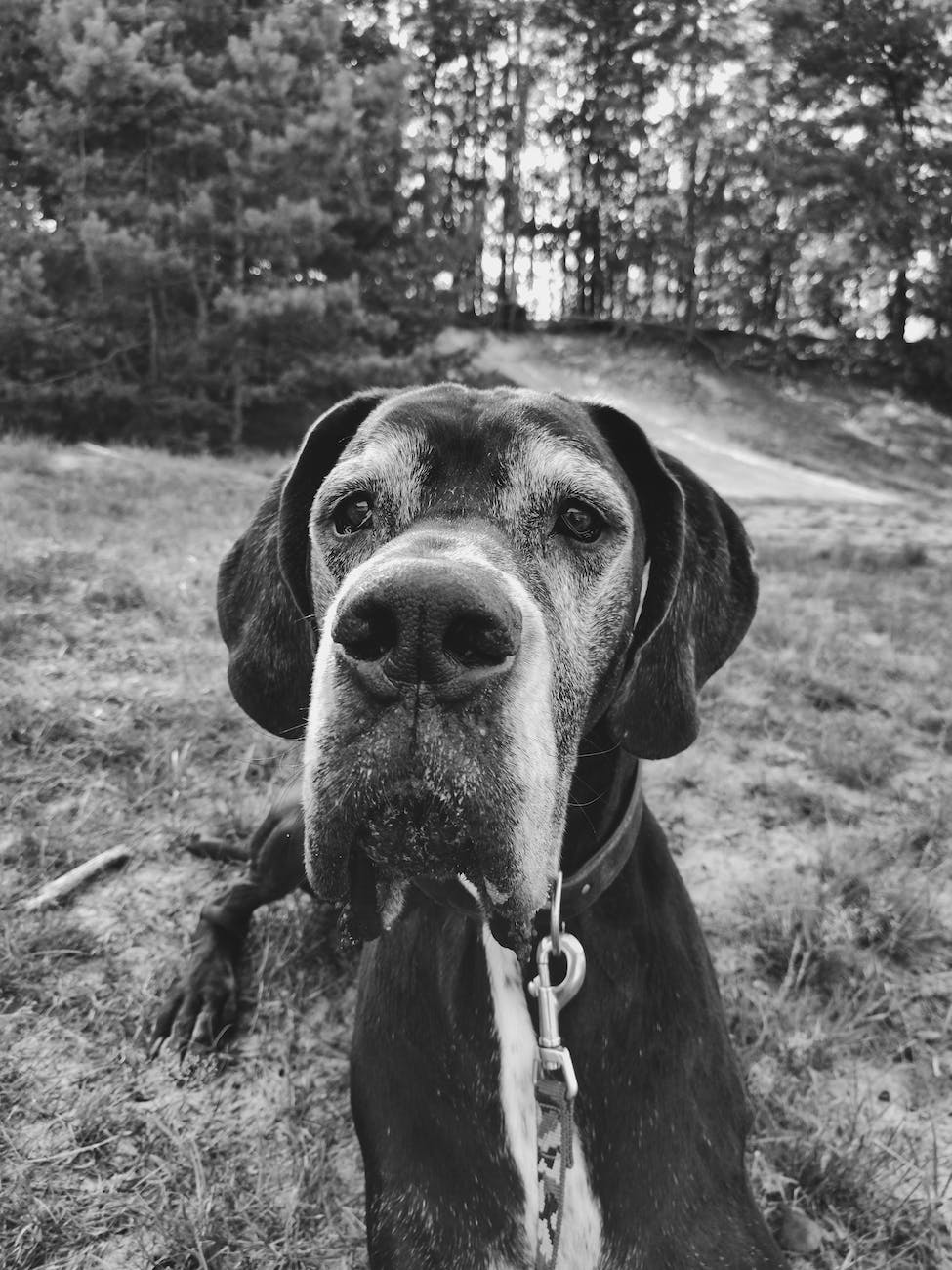
5 Reasons to Get a Great Dane from a Breeder
We support adopting OR shopping responsibly.
What we do not support is backyard breeding, unethical breeding, and poorly run profit-driven retail rescues.
There are many valid and acceptable reasons to choose a breeder for your next Great Dane puppy. Here are just 5 of them!
Known Health History
Great Danes are known for a series of life-threatening, painful, and expensive health conditions including but not limited to hip and elbow dysplasia, cardiomyopathy, GDV/Bloat, cancer, and more.
When you adopt a Great Dane from a reputable breeder, you will know the health history of the parents and grandparents, which can give you a heads-up on what to watch for down the road.
A good dog breeder will be focused on exceptional health. They will seek to eliminate as many health problems as possible by carefully selecting which parents to breed together. It is not unheard of for well-bred Great Danes who receive regular veterinary care, are kept lean and fit, and are fed a proper diet to live 10 – 12 years or more.
Known Genetics
One of the best parts about choosing an ethical Great Dane breeder is that your puppy will have a known genetic history and lineage.
Because so many health and temperament problems in Great Danes are hereditary, it’s important to know as much about your dog’s parents and grandparents as possible.
Aggressive, fearful dogs tend to produce unstable, aggressive, and fearful puppies. That’s just a fact.
Not only that, but dogs with poor angulation, eye problems, heart problems, and history of bloat, wobblers, seizures, and DCM in the pedigree tend to produce puppies who suffer from those same problems.
Sport and Show
One of the main reasons to choose an ethical Great Dane breeder is that well-bred purebreds can participate in AKC Dog shows and compete for titles.
Dog shows are fun and serve a great purpose in maintaining the breed standard.
While rescue dogs can and do compete in many sporting events, most people who want to truly excel at sports such as agility, dock diving, rally, or even therapy work will look for pets that were purpose-bred.
This means that the breeder focused on structure, movement, drive, and temperament, thus increasing the chances that their puppies will excel in various sports.
Healthy Companions for Life
Dogs from exceptional breeders who bred for health and temperament are much more predictable. This means that they are more likely to be stable, outgoing, friendly, calm, and in robust health.
Animals who have been bred for generations with poor health and temperament tend to produce puppies that suffer from the same problems.
Rescue dogs all come from unproven, poorly considered breeding stock. This doesn’t make them bad, and many of them do great despite it, but it’s a fact that people should be aware of.
Support Breed Conservation
Breed standards serve a purpose.
If a breeder strays too far from the standard, the dogs start to look nothing like the breed they are intended to be. We see this often with droopy, heavy, stocky ‘Euro’ type Great Danes.
Not only is the standard about achieving breed type, but it’s also about structure and health.
Great Danes need to be supported by excellent structure and movement, something that can become uncomfortably compromised when a breeder’s only goal is to produce giant, slobbery Danes in a rainbow of fun colors.
When you buy a dog from an ethical Great Dane breeder who follows the standard, you are supporting breed conservation. This is important not just for Great Danes but for all breeds of dog.

How to Choose an Ethical Great Dane Rescue
We support ethical rescues that have a mission to help place homeless pets in good homes. Breed-specific rescues are best equipped to handle the needs of individual breeds, while the animal shelter is often best equipped to handle the needs of a variety of mixed breeds from different backgrounds.
Temperament Testing & Placement
Reputable dog rescues will be very diligent about placing dogs with families based on their needs. They can even guide potential dog owners towards a specific breed type.
They will know a lot about the dogs they have and will want to make sure that you get the best dog for your family and situation.
A good rescue organization will be honest about any health and temperament problems and should have the resources to put time and money into training and health care before adopting the dog to you.
Lifetime Support
Ethical dog rescues will provide lifetime support. They never want to see a dog they adopted out ending up back in rescue again, and will support those who have adopted for the life of the dog.
These rescues will check references and do an interview prior to approving your application.
They may require that you obtain professional training within 30 days of adoption and will be there for you if you have questions or if the dog isn’t the right fit for your family.
Ethical Rescue Mission
A reputable dog rescue will want to do the right thing for dogs. In some cases, that may mean turning down owner surrenders, deferring to veterinarians and qualified trainers for advice, and in some cases, choosing euthanasia.
They never purchase dogs from puppy mill auctions or brokers, and they truly want to see fewer animals in the rescue system, not more.
Ethical rescues do not blindly promote the ‘adopt don’t shop’ mantra because they understand how damaging and harmful that concept is.
No-Kill Shelters & Rescues
Don’t fall into the myth of the ‘no kill’ shelter or rescue.
These organizations simply turn down or displace un-adoptable dogs, rather than euthanize them.
Many of those pets end up bounced around, abused, or abandoned on the road.
Some are placed in the hands of unethical ‘rescues’, who purposefully withhold important information about the dog’s health or aggression issues, and will send them home with an unsuspecting family.
Oftentimes, they end up euthanized at a County Shelter anyways.
The no-kill concept pushes broken dogs deeper into the rescue system to avoid the inevitable, rather than addressing it when the dog can be let go of in a more loving and humane way.
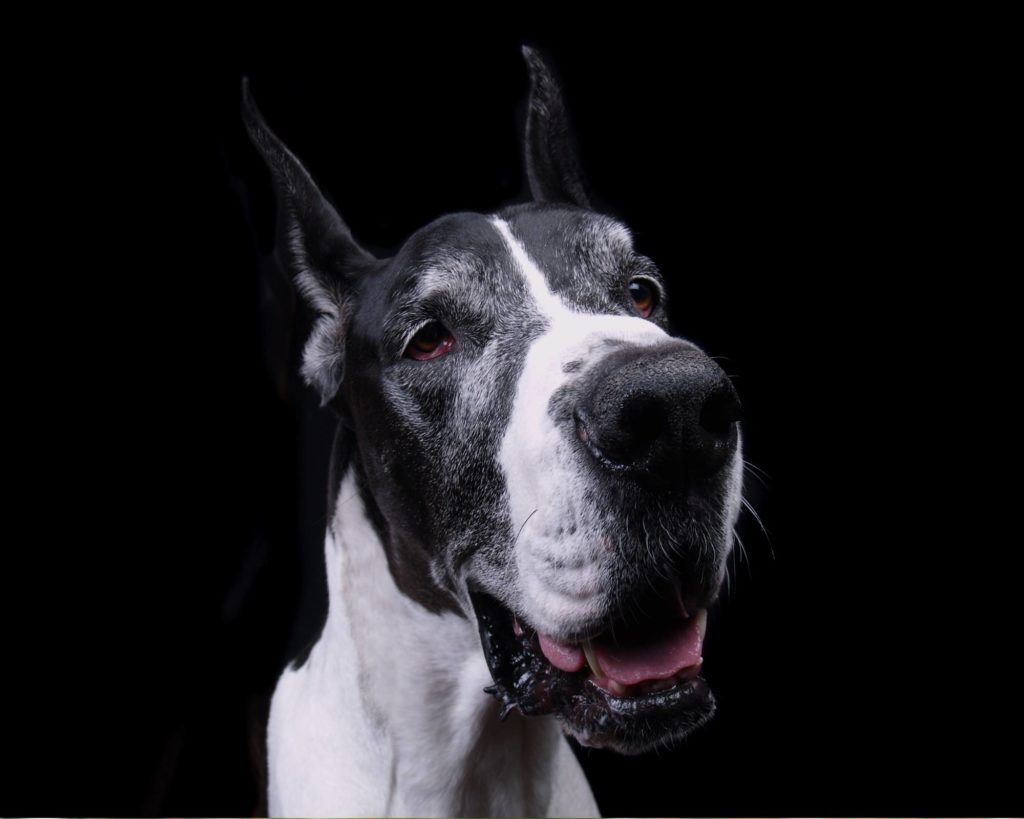
How to Choose an Ethical Breeder
Choosing an ethical breeder for your next purebred dog is the difference between supporting practices that contribute to the rescue dog population, and supporting practices that increase the health and well-being of pet dogs as a whole.
Pets from good breeders don’t end up in rescue.
Health Testing
Ethical breeders fully health test both parents prior to breeding. In Great Danes, for example, this means that both parents will have the following tests done, with the results logged at WWW.OFA.ORG:
Heart (Echocardiogram)
Hips (X-Rays)
Thyroid
Eye Exam (Full exam with an ophthalmologist)
The breeder should be able to provide you with copies of these health tests, as well as the registration numbers for both parents.
If a breeder cannot provide you with proof that both parents have been health tested with those tests at minimum, move on. Doing only one or two tests is not enough. An Embark genetic screening and a vet check is also not enough.
There are plenty of ethical breeders out there who are doing the right thing. Keep looking.
DNA tests for Degenerative Myelopathy and von Willebrand’s Disease are also recommended, though not required.
The breeder should be able to provide you with copies of the test results or direct you to where you can view them online.
Any breeder that does not do the full and complete recommended health tests is a backyard breeder, no matter how nice and friendly they seem.
Proven Pedigree
Preservation breeders are focused on pairing dogs that improve the pedigree. In doing so, they are able to reduce and eliminate common health and temperament problems in the breed.
The most responsible breeders show their dogs. By having a 3rd party evaluate their dog’s structure, movement, and form they can make sound and responsible breeding decisions as well as ensure that their puppies are given the best chance at exceptional health and well-being.
Puppy Culture
Reputable breeders use Puppy Culture and similar programs to socialize their puppies. This means that the young puppies are exposed to new environments, challenges, people, and experiences on a regular basis.
Puppy Culture is a well-documented protocol that has been shown to produce puppies that are more resilient and better able to cope with stress.
The breeder should be able to provide you with information about this program, and may even ask you to participate while your puppy is still with littermates!
Puppies should never go home prior to 8 weeks of age. That is a practice of irresponsible breeders and can lead to immature, aggressive, and fearful behaviors.
Lifetime Support
Lastly, the most important thing to look for in a reputable breeder is that they offer lifetime support.
Ethical breeders never want to see a dog they bred end up in a rescue, and will take a puppy back in at any time, for any reason.
Most also volunteer for and donate to their breed-specific rescue efforts.
The “adopt don’t shop” campaign fails to recognize this and does not acknowledge how reputable breeders actually play an active role in ending pet overpopulation.
The most important takeaway is this.
“Adopt don’t shop” should be replaced with the more ethical, helpful, inclusive, and thoughtful term: “Adopt or Shop responsibly”.
Education is how we solve this problem, not shaming.
Leave a Reply